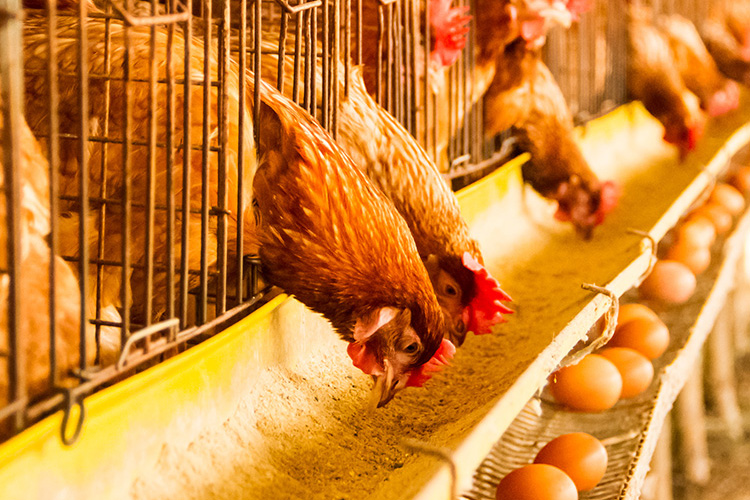
Animal feed costs are projected to be 12% higher in 2021 – the highest corn and soybean meal prices since 2011 – due to a whole host of challenges we faced globally in 2020. Our customers and suppliers have handled expected factors such as material shortages, seasonal disease pressures, and climate impacts, but the economic shockwave of the COVID-19 pandemic hit every country and every industry. While some countries’ management of the pandemic had better results than others and vaccines are starting to be distributed, we still face the reality of a post-COVID world. It’s a new era for protein producers and related industries, presenting the challenge and opportunity of changing with the times.
Disease Impacts
Disease pressures are not a new challenge to food producers, despite the fact that new diseases are emerging more frequently than ever. Biosecurity has become increasingly important to farms, especially as antibiotics are no longer able to be used, or are totally ineffective. Viruses like African Swine Fever and Avian Influenza have no treatment or cure, so it’s of the utmost importance to prevent their spread. Top priorities for customers are protecting animals and efficient production of meat and other animal products. NCH Life Sciences has created probiotic technologies to optimize productivity, support the health of animals, and using NCH’s expertise in disinfectants and facility management to support our customers in every aspect of production.
Climate Impacts on Crop Production
Like the costly impacts of diseases, the climate is a constant obstacle to overcome in production. In Latin America and Europe, this year saw La Niña threatening grain and oilseed crops as a result of the cooler temperatures. In the United States a Derecho, which is an intensely damaging wind, destroyed millions of acres of corn and soybean cropland in August 2020. Over 3 million acres of crops were damaged, resulting in losses estimated at over $600 million USD, and the losses of corn and soy meal have contributed to shortages in animal feed ingredients.
Impacts of COVID-19
As the COVID-19 pandemic continues, producers are going to be facing pressures on production cost as well as selling prices. Not only are feed costs are expected to rise dramatically, but demand and the supply chain for consumers have completely shifted. Government-mandated lockdowns mean that customers aren’t able to eat at restaurants or travel to areas that rely heavily on tourist traffic. While customers are still ordering take-out and shipping at supermarkets, many major producers have a very specific supply chain set up that is not easily transitioned to retail markets. There has been a notable shift in consumer awareness of food production during the pandemic – there is an increased focus on worker safety, animal welfare, and sustainability that are likely to persist in the future.
2020 was certainly a tough year for the global food industry on all fronts. The effects of animal disease pressures, climate change, and COVID-19 resulted in huge losses in production and profitability, but the industry will recover. At NCH Life Sciences, we will be a part of the recovery, delivering the most effective probiotic technology on the market. By optimizing productivity through bacterial activation, we help our farmers meet the demands of their customers and sustain the protein production industry.